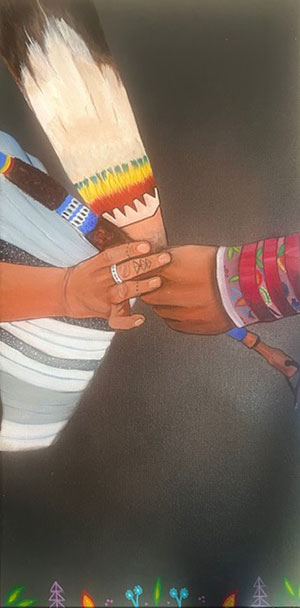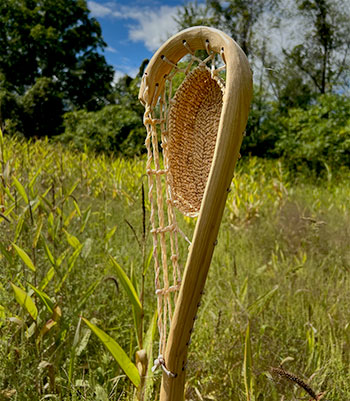 |
 |
||||
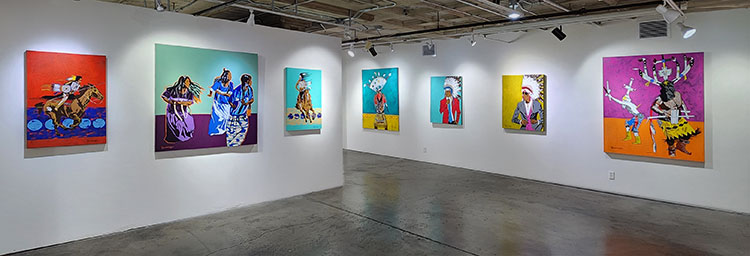 |
|||||
 |
|||||
 |
|||||
|
|||||
The exhibit Intrinsic: Belonging to the Land serves as a celebration of Native resistance and cultural resilience. The showcased artists provide a glimpse into the vast tapestry of Native America. They were selected for their ability to bridge cultural traditions with contemporary innovation, reflecting an unbroken connection to their cultural heritage while embracing bold, contemporary forms. This movement is not a linear departure from history; rather, it is a cyclical journey that maintains continuous ties with Native roots. Intrinsic: Belonging to the Land embodies this enduring spirit. Native American peoples from what is now called the United States are intrinsic. We belong to the land that hundreds of millions of people traverse each day. To understand this connection, one must view this relation through a non-Western lens. This can be challenging since we reside and operate daily in a Western world and are educated in Western institutions that view this affiliation as one between an owner and property. Historical processes resulted in voluntary (primarily before Western colonization), involuntary, and forced relocations of Native populations (primarily during Western colonization). Today, there are 574 federally recognized Native Nations within the political boundaries of the United States, including 110 in California alone (ranking California #1). In addition, there are currently 81 Native Nations that are seeking federal recognition in California (some of which lost federal recognition during Termination). Population estimates suggest that over eighteen million made their home in what is now called the United States prior to Western contact. By 1900, there were fewer than 200,000 Native people in the United States and fewer than 17,000 in California. Today, the Native American population in California and the rest of the United States is rising. There are more Native Americans residing in California than in any other state (this includes those Indigenous to California and those that were relocated by the federal government and those voluntarily relocating), yet they are often rendered invisible due to the overall population of the state. This exhibit features five Native American artists, three of whom are Indigenous to California, and two that are guests on Native American ancestral lands. Each of the artists, as all Native peoples that reside in the US must, navigate two very distinct worlds. This exhibit explores this navigational journey through a Native lens, revealing intrinsic ties to the land. |
|||||
Dr. Eric Tippeconnic |
|||||
|
|||||
Monica Zavala |
|||||
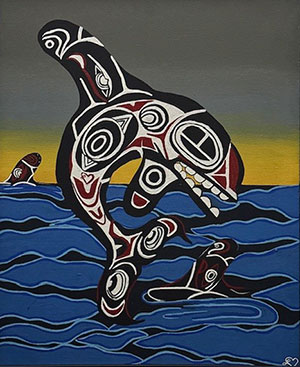 |
|||||
Lanise Luna |
|||||
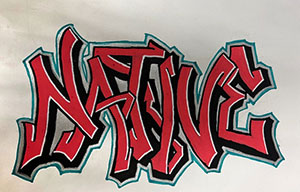 |
|||||
Dr. Rodney Haring |
|||||
|
|||||
Kawish Trujillo |
|||||
|
|||||
